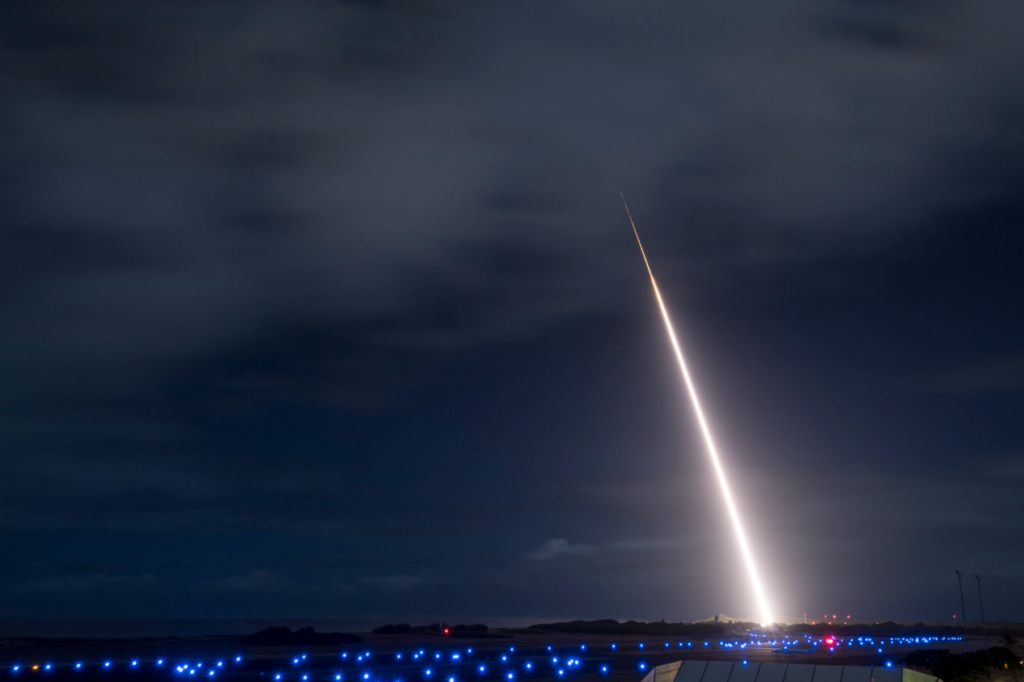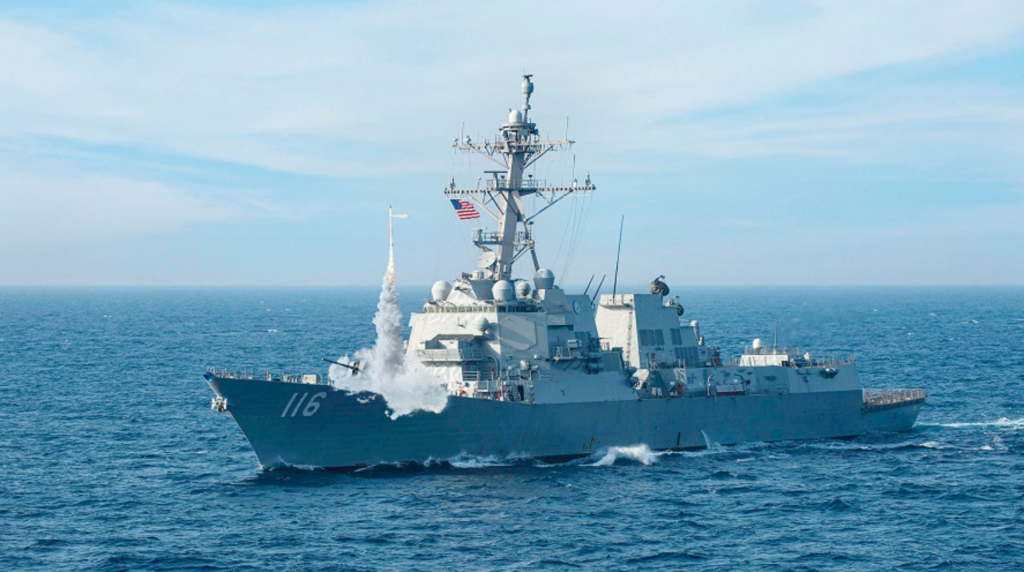US Missile Defense Agency Awards Lockheed Martin $3 Billion Aegis BMD Contract
The U.S. Missile Defense Agency (MDA) has awarded Lockheed Martin Rotary and Mission Systems (LM RMS) a sole-source 10-year indefinite-delivery/indefinite-quantity contract valued at approximately $ 3 billion to continue serving as the Combat Systems Engineering Agent (CSEA) for the Aegis Ballistic Missile Defense (BMD) system. According to this contract, Lockheed Martin will provide design, development, integration, and sustainment support for Aegis cruisers, guided-missile destroyers, Aegis ashore variants, the Aegis Guam System, and Glide Phase Intercept. Work will take place at Lockheed’s Moorestown(New Jersey) facility and will run through June 2035.
Lockheed engineers will focus on all phases of the Aegis fire-control loop from mission planning and radar detection to threat engagement and post-launch assessment. This effort involves integrating software updates into the shared Aegis Common Source Library, which improves the overall performance of the system’s sensors, trackers, and interceptors. According to MDA, the planned upgrades are aimed at “improving threat discrimination, expanding battlespace, and increasing multi-mission, multi-tier weapon system performance”. MDA also modified an existing Aegis BMD contract by adding about $41 million to extend Lockheed’s engineering support through mid-2026 and raising that program’s ceiling to roughly $1.46 billion.

The Aegis combat system uses powerful phased-array radars (like AN/SPY-1, AN/SPY-6) and hit-to-kill interceptors (like SM-3 in midcourse, SM-6/SM-2 in terminal phases) to detect and shoot down short-range and medium-range ballistic missiles. NATO now fields Aegis Ashore sites in Romania and Poland as part of Europe’s ballistic missile defense architecture. Lockheed’s CSEA team has been responsible for the Aegis BMD “master design” and software source code, making it the only company capable of performing deep upgrades on the system.
This contract guarantees that U.S. Aegis defenses will keep pace with evolving threats over the next decade. The work is expected to close missile defense gaps and strengthen layered defenses against emerging adversary weapons. Lockheed Martin will guide the integration of new technologies, including the GPI interceptor, advanced discrimination algorithms, and data-link upgrades, into the Aegis BMD network. It also reinforces Lockheed Martin’s leadership in naval air and missile defense, as the company remains central to advancing Aegis BMD capability into the 2030s.

